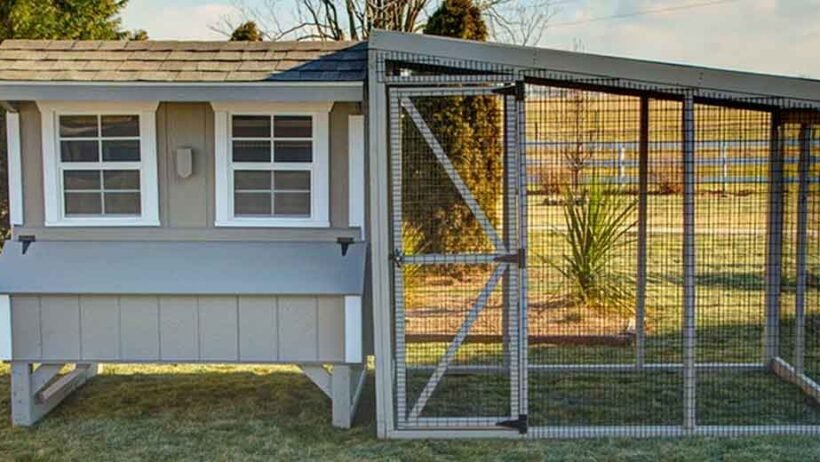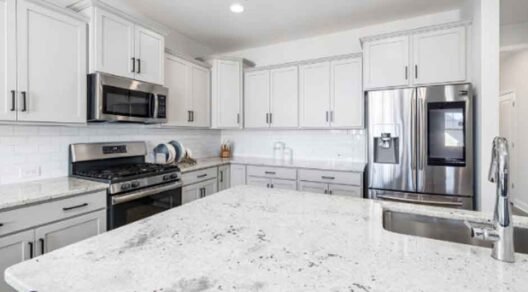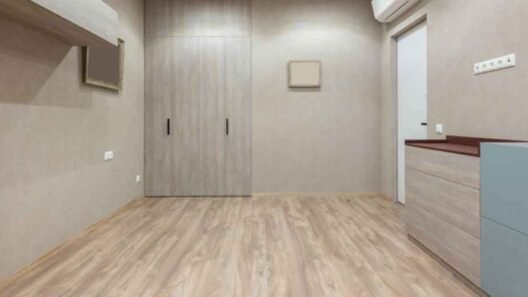Aspiring poultry keepers feel excitement at the prospect of a new flock. A proper home for the birds is the first and most important purchase. Selecting the right structure ensures their safety and productivity.
A well-chosen Chicken Coops provides essential shelter and security for the entire flock. It becomes the central hub for their daily activities and rest. This guide outlines seven critical features to evaluate before making a final decision.
1. Robust Construction and Durable Materials
The integrity of the entire structure relies heavily on its build quality. Flimsy materials will quickly deteriorate under harsh weather conditions. Look for solid wood or heavy-duty plastic constructions. These materials offer superior longevity compared to thin, pressed wood.
Proper joinery and tight fittings indicate careful manufacturing standards. Screws provide a more secure hold than basic nails over time. All doors and windows should operate smoothly without sticking. Check that the wall panels feel solid and do not bend easily.
2. Superior Ventilation and Airflow
Good air exchange is non-negotiable for poultry health. Stagnant, moist air fosters the growth of harmful mold and bacteria. Proper ventilation maintains a dry, fresh environment inside the dwelling. Strategically placed windows with wire mesh are ideal. These openings should be positioned high up on the walls.
Adequate airflow is crucial during the summer and winter months. It helps regulate internal temperatures and reduces humidity. Removable panels or adjustable vents offer excellent control. Owners can open them wide in heat and partially close them in the cold.
3. Effective Predator Protection
A secure enclosure is a fundamental requirement for keeping birds safe. Many animals will view the flock as an easy food source. The best defenses are integrated directly into the design. Hardware cloth, with its small, strong grid, is far superior to chicken wire. This material should cover all openings, including ventilation gaps.
All latches should be complex enough to foil clever raccoon paws. Simple hooks are easily manipulated by these intelligent animals. Consider the following additions for enhanced security:
- An automatic door that closes at dusk.
- A solid, lockable main door for human access.
- A buried wire apron around the perimeter.
4. Sufficient Interior Space and Roosting Bars
Overcrowding causes stress, aggression, and health issues among poultry. Each bird requires a specific amount of room to live comfortably. A general rule is at least three to four square feet per hen inside. The outdoor run should provide another eight to ten square feet.
Roosts are where the flock will sleep through the night. These bars should be made of smooth, rounded wood for secure gripping. They need to be positioned higher than the nesting boxes. Provide at least eight to ten inches of roosting space per bird.
5. Easy Access for Cleaning and Egg Collection
A design that simplifies maintenance saves the owner significant time and effort. Large doors that open fully make removing soiled bedding much easier. Some models feature removable floor trays or slide-out droppings boards. These elements allow for quick spot cleaning between major changes.
Nesting boxes should be reachable without having to enter the structure. This convenience makes daily gathering a simple, fast task. Smooth interior surfaces with minimal crevices trap less dirt and moisture. A clean environment is a healthier environment for everyone.
6. Reliable Weatherproofing and Insulation
The shelter needs to shield its inhabitants from the snow, wind, and sun. It’s essential to have a waterproof roof with ample overhangs. On sunny days, this feature offers sheltered places and keeps rain out. During winter storms, chilly drafts are prevented by tightly sealed windows and walls.
This extra layer contributes to a more consistent interior temperature. It keeps the room warmer in the winter and colder in the summer. Additionally, raised flooring stops rainwater from leaking through the wet ground. Year-round comfort for the flock is ensured by proper weatherproofing.
7. Well-Designed Nesting Boxes
Hens require a quiet, dark, and comfortable place to lay their eggs. Nesting boxes fulfill this fundamental need perfectly. A good ratio is one box for every three to four hens in the flock. These compartments should be situated in a dimly lit area of the shelter. A lip on the front of each box keeps bedding and eggs securely inside.
Easy-to-clean liners or surfaces within the boxes are highly recommended. Some designs include a slanted roof on the boxes. This discourages birds from perching and soiling the top. Privacy curtains can give hesitant layers the seclusion they prefer.
A high-quality prebuilt structure requires careful consideration of several key factors. The ideal model combines security and ease of maintenance for the owner. Prioritizing these seven elements leads to a thriving, healthy flock. A superior Chicken Coop serves as a safe and productive home for years. This thoughtful investment pays dividends in fresh eggs and peaceful poultry keeping.








